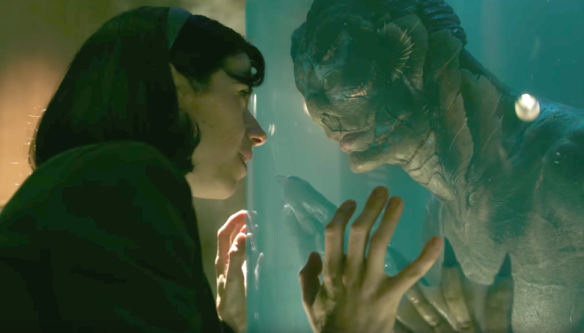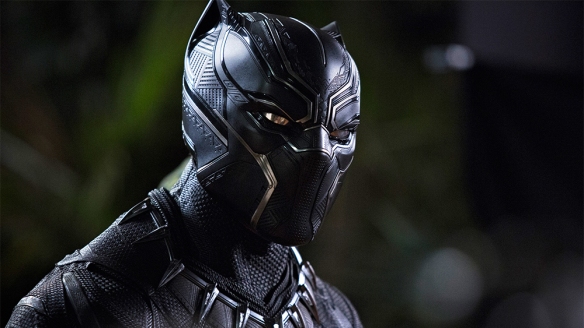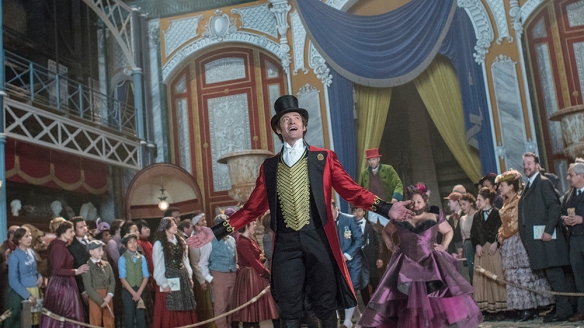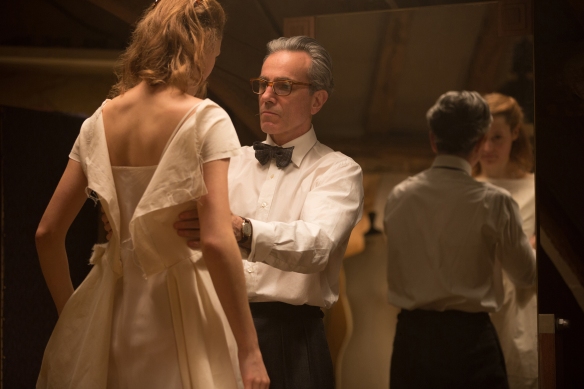
I, Tonya begins with onscreen text stating that the film is based on contradictory and irony free interviews from those involved in the actual events. As a wry, blackly comic biopic of infamous American figure skater Tonya Harding (Margot Robbie), the film charts her tumultuous, frequently destructive relationships with her mother LaVona (Allison Janney) and her husband Jeff (Sebastian Stan). It also celebrates her achievements (via CGI enhanced skating sequences), but also looks in depth at the scandal that resulted in criminal charges and ended her career.
Director Craig Gillespie and writer Steven Rogers have taken the Rashomon path, by interspersing the drama with differing points of view, interviews and moments where the fourth wall is broken, as characters state “This didn’t happen” or words to that effect. This proves effective in some of the more shocking scenes of domestic abuse, particularly in one moment when the film abruptly cuts to Janney saying “Oh please… What family doesn’t have its issues?”
Outstanding, potentially Oscar-worthy performances from Robbie and Janney are the main reason to see this. Janney’s tough-love but also abusive approach is all the more heartrending for often being played for very dark laughs. As far as Robbie is concerned, her performance is a wonder, perfectly encapsulating the tough, tenacious nature of her character but also providing telling glimpses of vulnerability. One scene, where Tonya asks a judge why she isn’t getting top marks, proves particularly poignant. The judge explains that because she is a redneck and doesn’t have a “wholesome family image”, she is marked down, because they don’t want such a person to represent America. Genuinely bewildered, Tonya replies “Why can’t it just be about the skating?”
Of course, the shadow of the notorious incident with Nancy Kerrigan always looms on the horizon. Anyone familiar with the actual events will perhaps find their perspective challenged as to just how much Tonya herself was to blame. In addition to the afore-mentioned scenes of domestic violence, I should also add warnings for very strong language, for those who appreciate them.
All things considered, I, Tonya is a dark, savagely funny biopic, and well worth a watch.












